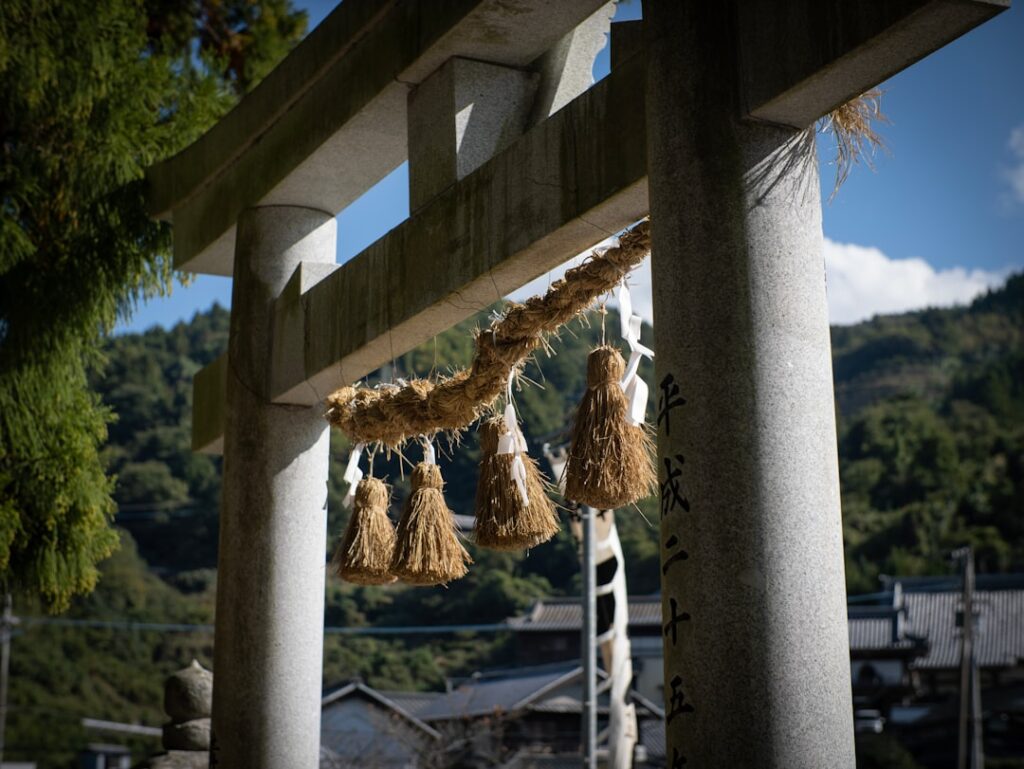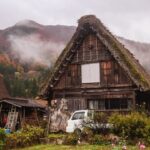Japan is a country where tradition harmonizes with nature, and nowhere is this more evident than in the remote satoyama villages scattered throughout its countryside. These hidden gems, often untouched by mass tourism, are flourishing thanks to sustainable practices, eco-tourism, and a deep commitment to preserving local crafts and culture. Join us on an immersive journey into Japan’s satoyama, where timeless craftsmanship and breathtaking landscapes welcome the curious traveler.
What is Satoyama? The Harmony of Nature and Culture
Satoyama (里山) refers to the borderlands between mountain foothills and flat, arable fields—rural mosaics where humans and nature coexist in delicate balance. These landscapes are not just geographical features, but living testimonies to the Japanese philosophy of harmonious coexistence with the earth. Characterized by terraced rice paddies, managed forests, and wildflower meadows, satoyama have traditionally supplied local villages with rice, bamboo, firewood, and wild foods. Their ecological richness supports a wealth of biodiversity, from dragonflies to mountain deer.
But satoyama are more than just natural reserves—they are cultural landscapes shaped by centuries of human stewardship. Village festivals, folk songs, and agricultural rituals all find their roots in these verdant enclaves. Today, as urbanization encroaches, preserving satoyama is seen as vital to maintaining a tangible link to both Japan’s ecological heritage and its ancestral wisdom.
Deep Dive into Iconic Hidden Villages: Shirakawa-go, Otari, and More
Tucked away in the folds of Gifu and Nagano Prefectures are villages where time seems to have slowed—and where the satoyama spirit is alive and well. Shirakawa-go, a UNESCO World Heritage site, is famed for its gassho-zukuri farmhouses: steep thatched roofs built to endure heavy winter snows. Walking its quiet lanes at dusk, the smell of woodsmoke and the echo of frogcalls conjure another era.
Further off the tourist route, Otari Village in Nagano offers a more intimate experience. Here, visitors can join local rice harvests, learn the secrets of miso fermentation, or simply share stories over tea with welcoming villagers. These communities have turned to eco-tourism not just as an economic boost, but as a way to showcase their unique heritage and encourage the younger generation to stay.
Eco-tourism initiatives also foster a deeper connection between guests and hosts—think guided nature walks, wild vegetable foraging, or staying in restored kominka (traditional homes) operated by local families. It’s about authenticity, exchange, and the quiet joys of village life far from neon-lit cities.
Timeless Craftsmanship: Bamboo, Washi, and the Spirit of Creation
One of the deepest pleasures of a satoyama journey is discovering Japan’s living tradition of craftsmanship. In many villages, skills such as bamboo weaving and washi papermaking have been handed down through generations. At small workshops, travelers are invited to try their hands at slicing bamboo strips into lightweight baskets or pulping mulberry bark for exquisitely thin sheets of paper.
In the wood-scented ateliers of Gifu, local artisans demonstrate the hypnotic rhythm of plane and chisel shaping hinoki into masu (wooden sake boxes), or constructing delicately joined furniture without a single nail. These crafts are not about souvenirs—they are a window into the patient, resourceful, and nature-first way of life that defines rural Japan. Participating in these workshops, even briefly, leaves travelers with new admiration for the craft and a tactile memory of satoyama wisdom.
Don’t just observe—immerse yourself. Take home not only fine handmade objects, but also the story behind them, as told by the very hands that shaped them from the region’s forests, fields, and streams.
Revitalization Through Eco-Tourism: A Sustainable Future
Eco-tourism is not merely a trend, but a lifeline for many satoyama villages facing aging populations and economic decline. By welcoming guests into a slower, more sustainable way of life, these communities are reinventing themselves—often with inspiring results. Home-stays, farm-to-table cuisine, volunteer forestry, and seasonal festivals now attract visitors eager to contribute to renewal, rather than just consume.
Contemporary satoyama tourism focuses on low-impact activities that reinvest in the land and its people. For example, visitors help replant forests, restore wildlife habitats, or support the revival of ancient festivals. Thanks to this model, villages can maintain their historic character while also sustaining a healthy relationship with the modern world.
In essence, traveling to a satoyama village is as much about giving back as it is about discovery. You become part of an unfolding story—one where rural Japan’s landscapes, crafts, and old-fashioned hospitality are not just preserved, but given new life. For travelers seeking authenticity, sustainability, and quiet adventure, these hidden villages promise an experience as rejuvenating as the mountain air.







